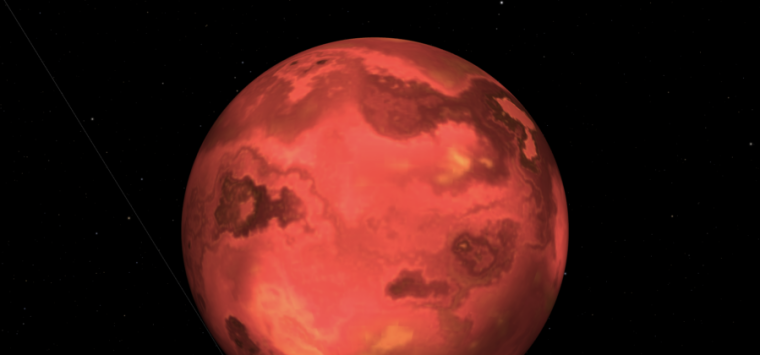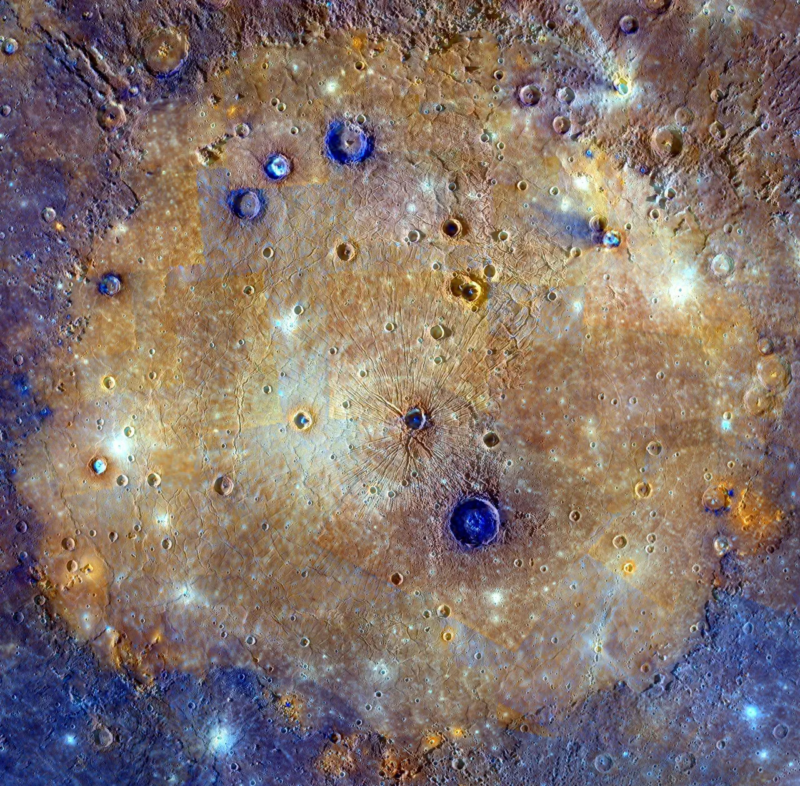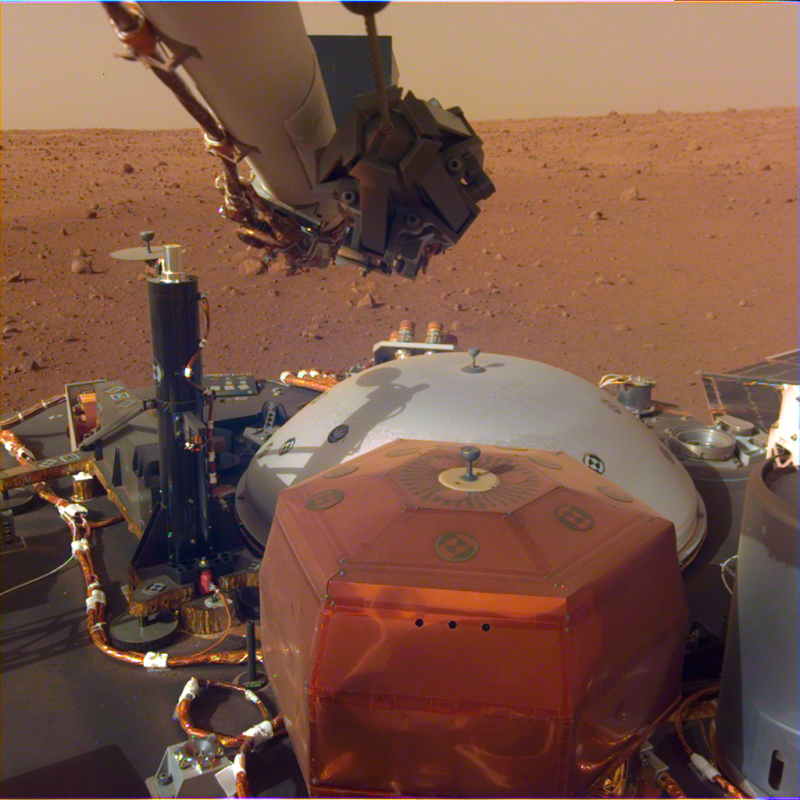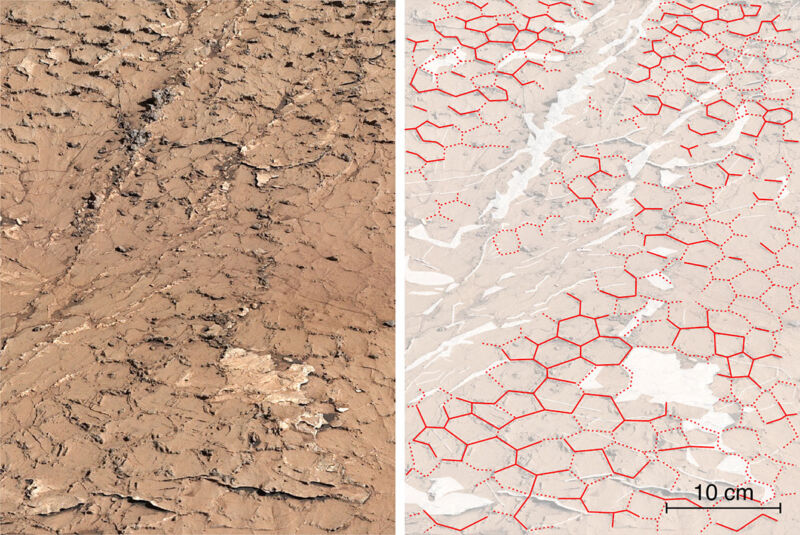-
 chevron_right
chevron_right
Most monstrous marsquake ever reveals where it came from
news.movim.eu / ArsTechnica · Sunday, 5 November - 12:03 · 1 minute
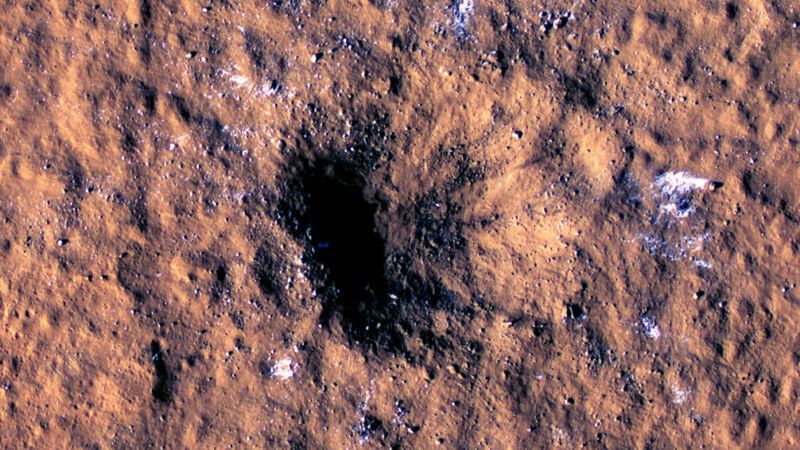
Enlarge / InSight captured seismic waves released when an impact formed this crater in 2021. But a similar event can't be tied to any craters.
Earth has earthquakes. Mars has marsquakes . There is just one difference: marsquakes are most frequently caused by meteoroid crashes since the Red Planet lacks the tectonic plates that shift pieces of crust on Earth. So what caused the most intense marsquake ever when there has been no evidence of a collision?
Vibrations from the 4.7 magnitude quake sent tremors through the Martian crust for six hours (if not more) and were captured by NASA’s InSight lander in May 2022. Otherwise known as S1222a, this marsquake was assumed to have been caused by a meteoroid impact , so an international team of researchers immediately began searching for evidence of a fresh crater. The problem was that none existed. That's when the team, led by planetary geophysicist Benjamin Fernando, began thinking that something was potentially going on beneath the surface.
“We undertook a comprehensive search of the region in which the marsquake occurred,” Fernando and his team said in a study recently published in Geophysical Research Letters . “We did not identify any fresh craters in the area, implying that the marsquake was likely caused by geological processes.”



